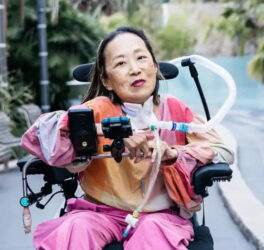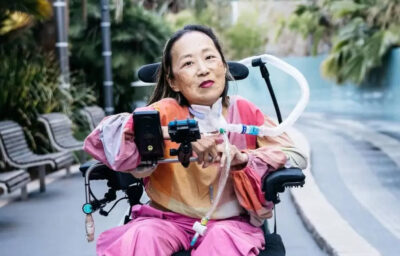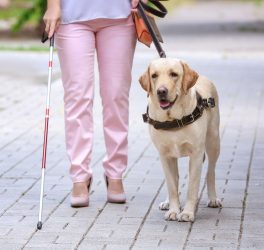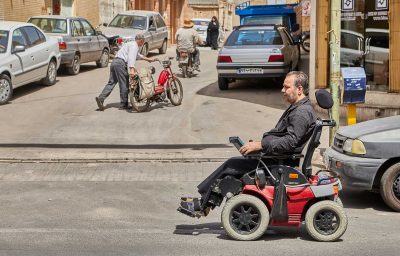
The coronavirus disease 2019 (COVID-19) pandemic has created unique challenges for people with intellectual and developmental disabilities (IDD). To address them, the Centers for Disease Control and Prevention (CDC) created a COVID-19 toolkit with communication resources explaining in plain language how people with IDD and caregivers can protect themselves from the virus.
“People with intellectual and developmental disabilities can experience communication barriers that make it harder for them to understand and act on crucial health guidance,” said Karen Remley, MD, director of CDC’s National Center on Birth Defects and Developmental Disabilities. “The aim of these materials is to help people with IDD, their parents and other caregivers share critical information with their loved ones about COVID-19 and what to expect when getting a COVID-19 test or vaccine and explain how to stay safe if they are not vaccinated.”
To develop the toolkit, CDC hosted multiple discussions with adults with IDD and their caregivers, who were most often family members, and asked them to share their individual experiences and what they found helpful in talking about COVID-19 with their loved ones.
The toolkit contains social stories, videos, posters, and interactive activities that focus on five topics:
- Getting a COVID-19 vaccine
- Wearing a mask
- Social distancing
- Hand washing
- Getting a COVID-19 test
There is also a tip sheet for caregivers that offers suggestions for things they can do to ease their loved one’s worries about the virus.
“Parents and caregivers work hard to help the person they support stay healthy and safe.
These materials can help parents or other caregivers of people with IDD navigate important conversations about COVID-19,” said Remley.
In addition to the toolkit, CDC developed videos and web resources in American Sign Language (ASL). To date, more than 40 ASL videos and 25 easy-to-read documents have been produced and viewed by more than 1 million people.








